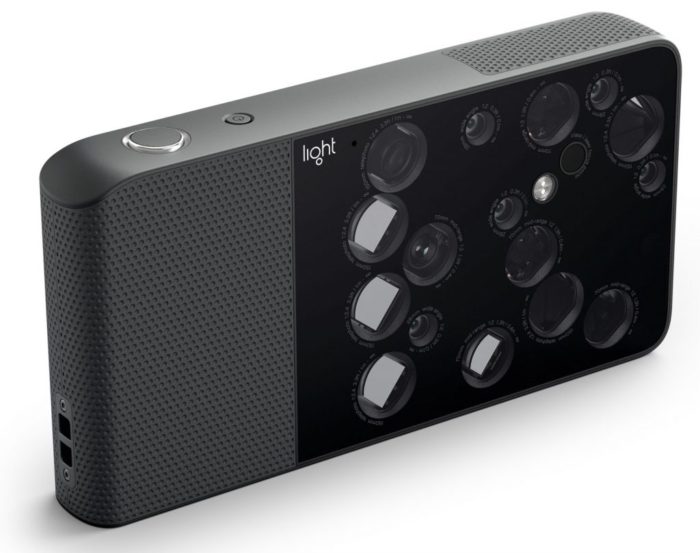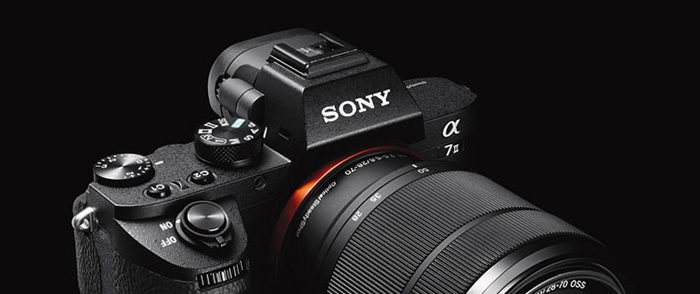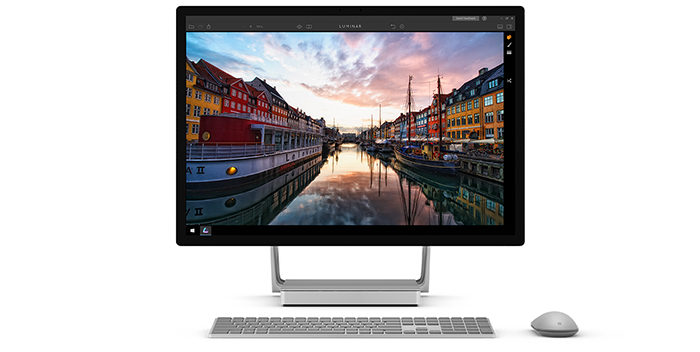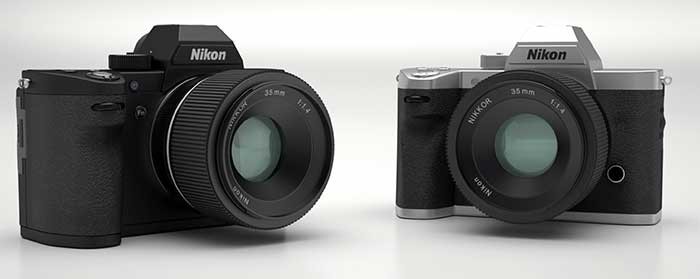No really? There is a new Fuji X-T2s coming soon!
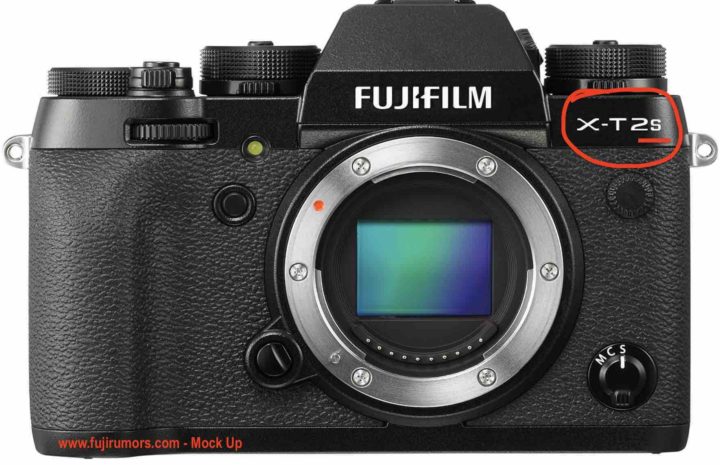
This is really unexpected: Fuji is rumored to announce a X-T2s camera which as it main new feature will have on sensor stabilization. I find it surprising that Fuji did not wait til the X-T3 to add this. Is on sensor stabilization really worth this hurry?
via Fujirumors
